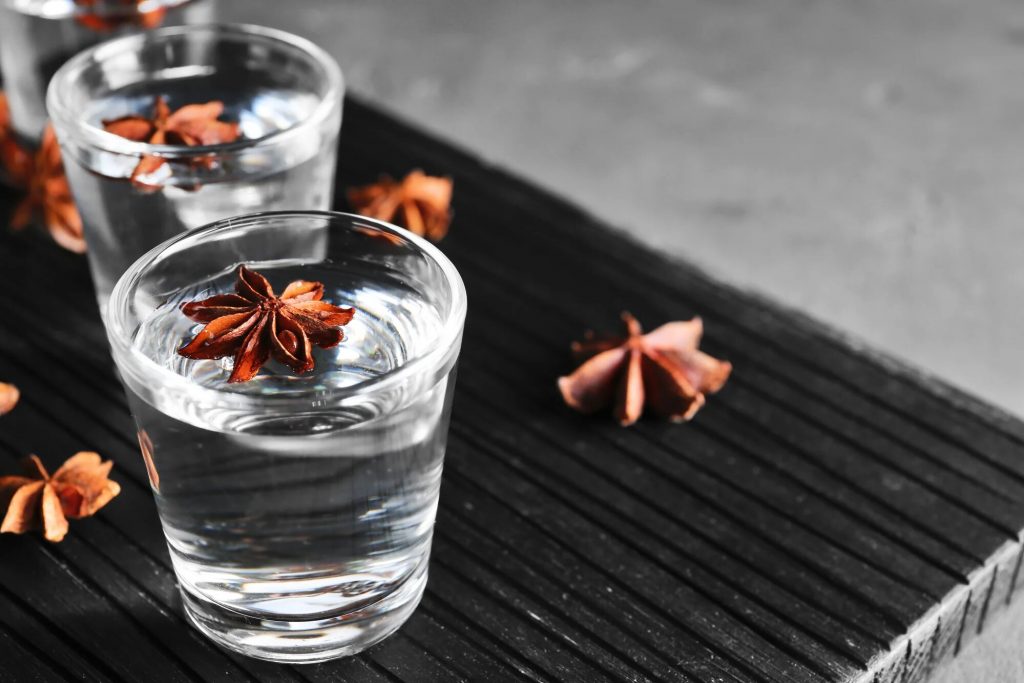On July 2nd, we recognize a liqueur derived from aniseed on National Anisette Day. Aniseed from the anis herb gives anisette its licorice or fennel flavor. While usually a dry dry liqueur, distillers sometimes add a sugar syrup for a sweeter result. Spain, Italy, Portugal, and France lead the world in drinking this licorice tasting drink.
The herb of the aniseed, usually the main ingredient in anisette, is considered to have medicinal qualities. Sweeter than other anise-flavored liqueurs, anisette’s association with a variety cures date back to ancient Egypt. As a liqueur, distillers create a dryer anisette in Europe than they do in the United States. Distillers add other spices such as coriander and fruit to distill anisette, too.
While most enjoy anisette by sipping it, the liqueur can be mixed as a cocktail, too. However, pure anise extract should not be drunk straight. Since its alcoholic content is high, it irritates the throat. However, mixing it in with coffee, gin, bourbon, or water will bring out a bit of a sweet flavor. The solution? Bake some anise cookies!
If you’re the one who eats all the black jelly beans, you will likely savor a shot with anisette. The licorice flavor comes from the same anise plant that some licorice candies are made.
History Of Anisette Day
Like absinthe, anisette is created by distilling aniseed, the seed of the anise plant, it is a cousin to both the more well-known absinthe and pastis, but stands apart by including licorice root extract. One popular brand of anisette is Sambuca and stands apart from its fellow anisette by requiring a sugar content of at least 350g/l. It holds in common with other flavored liquors that it is not typically drunk straight, but instead is commonly mixed in with other liquids for consumption. One common mix for this alcohol is known as a palometa, and is simply anisette mixed into pure cold water.
An oddity of the palometa lay in a step in its creation. Coldwater and anisette, how hard can it be, right? Proper preparation requires that the entire quantity of anisette to be mixed must be dumped into the cold water at once. No other method of mixing the drink will work, even pouring it quickly from a bottle. You’ll know that you’re being served a truly quality palometa if the water is a uniform milky white color. Of course, if you prefer something a little lighter, a single drop of anisette into water is a popular drink for hot days or the end of a long workday.


